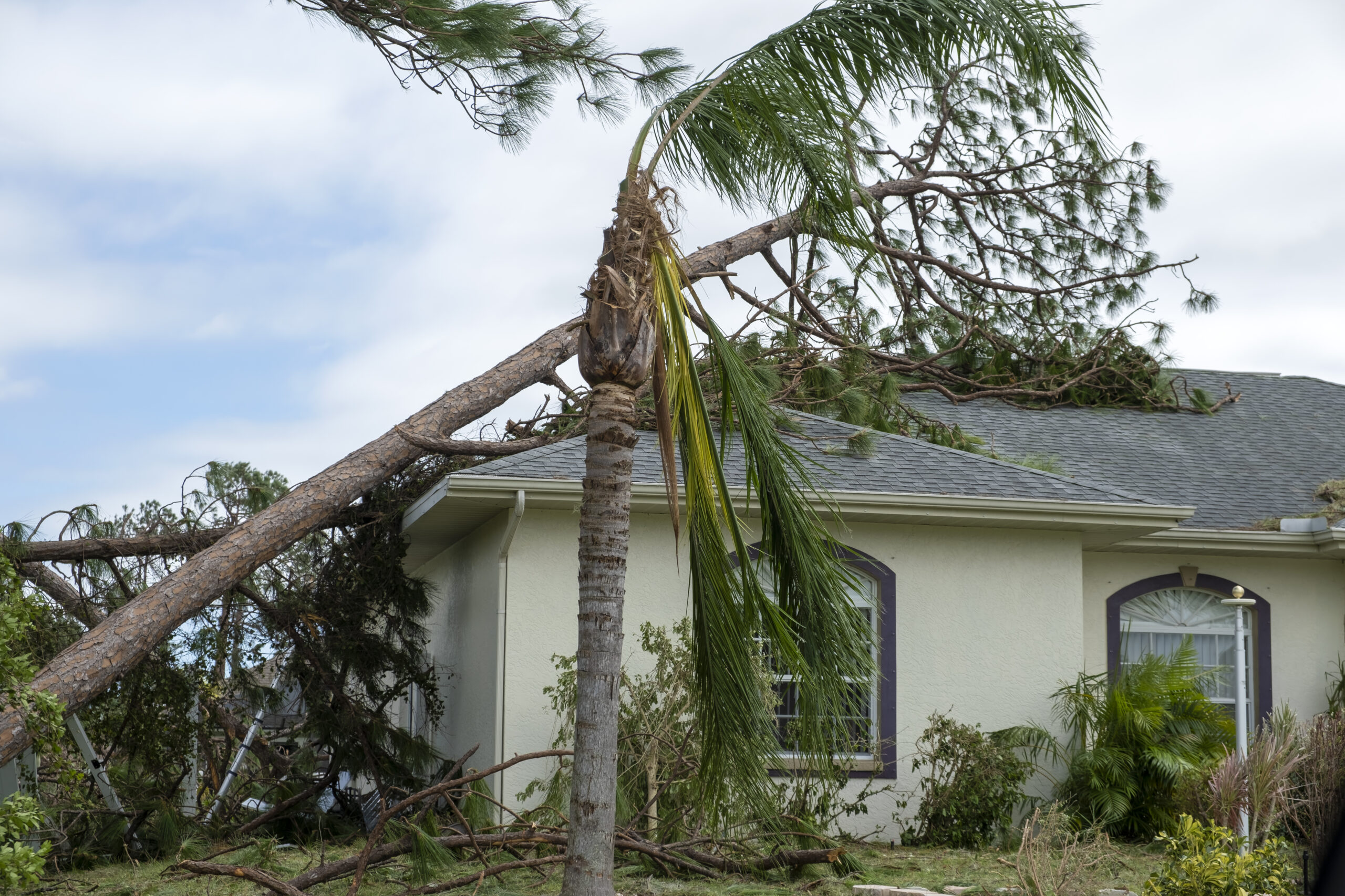Is Your Roof Hurricane-Ready? How Florida Storms Damage Roofs Fast
Living in Florida means sunshine most of the year—and storms during the rest. From June to November, homeowners across Orlando and Central Florida brace for hurricanes and tropical storms that can tear roofs apart in a matter of minutes.
Hurricane roof damage in Florida is serious, and even newer roofs can fail if not properly secured and inspected. Let’s explore how Florida storms compromise your roof and the smart steps you can take to protect your home this season.
🌪️ How Hurricanes Cause Shingle Loss, Wind Uplift, and Structural Failure
When hurricane winds roar through at 74 mph or more, your roof becomes the first line of defense—and it’s often the first thing to fail.
One of the most destructive forces is roof wind uplift, which occurs when powerful winds push under shingles and lift them away from the decking. This can cause:
- Shingle loss
- Roof membrane tearing
- Decking separation from the trusses
If the wind finds its way under your roof edge, the entire system is at risk of peeling back like a can lid. Once that happens, water intrusion is immediate and devastating.
🌴 Flying Debris and Tree Limbs: The Hidden Missiles
In Florida storms, branches, patio furniture, and other debris can become airborne missiles. A single hit can:
- Crack shingles
- Dent metal roofs
- Damage ridge vents or skylights
- Tear open vulnerable roof edges
Even small punctures can lead to hidden water damage over time.
Pro tip: Trim overhanging trees and remove loose items from your yard before every storm.
🌧️ Heavy Rain and the Risk of Hidden Leaks
Hurricane rainfall isn’t just heavy—it’s wind-driven, which forces water into the tiniest cracks, under flashings, and around improperly sealed vents. The result?
- Slow leaks that rot your roof decking
- Water intrusion behind walls
- Mold growth in the attic
Unfortunately, this kind of damage is often invisible at first—but becomes expensive quickly.
🔍 Post-Storm Inspections: Don’t Wait for the Leak
After a major storm, even if your roof looks fine, you should always schedule a professional inspection. Many forms of damage—especially lifted shingles or hidden punctures—aren’t visible from the ground.
Catching issues early:
- Prevents future leaks
- Helps you document damage for insurance
- Extends the lifespan of your roof
✅ What to Do Before the Next Storm
You can’t stop the storm—but you can prepare your roof to survive it.
Here’s how:
- Upgrade to impact-resistant shingles that withstand wind and debris
- Install hurricane clips and secure roof decking to meet Florida building codes
- Schedule an annual storm-readiness inspection
- Ask about wind mitigation upgrades—you may qualify for insurance discounts
🎯 Call-to-Action
Storm season is coming—don’t leave your home unprotected.
Ask The Best Roofs about our hurricane-ready roofing inspections and wind mitigation services today.

